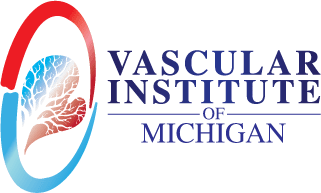Varicose Veins
Enlarged veins are known as varicose veins. They can appear twisted, bulging and can resemble a cord. They may be raised and swollen with inflammation. Varicose veins appear most often on the inside of the thigh, upper thigh, or on the back of the calves. Varicose veins are caused by insufficiency of the valves in the vein. The heart pumps blood to the body by way of arteries. Blood returns back to the heart via veins. Muscles in the calf contract, pushing blood flow upwards in the vein against the flow of gravity. Inside these veins are valves which prevent the blood from moving backwards. If the valves weaken, blood flows backwards into the leg, making it difficult for the blood to reach the heart. In turn, causing the vein to enlarge which creates varicose veins.
Treatment Options
Compression Stockings
Compression stockings are used to apply pressure needed to relieve symptoms of incompetent veins. Compression stockings come in three forms:
Compression stockings come in three forms:
Phlebectomy
Phlebectomy is a minimally invasive procedure where small incisions are created over the insufficient veins, and the surgeon uses a phlebectomy hook to remove the veins.
Radio Frequency Ablation
This is a minimally invasive varicose vein treatment procedure that uses radio frequency to heat the vein and to collapse the blood vessels. Ultrasound is used to capture the inside of the vein that will be treated. The physician then guides a long catheter through an incision into the insufficient vein. He then advances the catheter through the blood vessel up to the groin area. Electricity is then delivered in 20-second pulses which heats and thus contracting the collagen until the vein shrinks and occludes. The vein is treated in individual segments as the catheter is slowly moved towards the entry point. After the entire vein has been ablated and is occluded, the flow of blood is rerouted through the healthier veins and reducing swelling. The ablated vein turns into scar tissue and is eventually absorbed by the body.
Laser Ablation
This procedure is a minimally invasive procedure that is performed in a physician’s office or clinic, to treat symptomatic varicose veins. A laser fiber is advanced through the skin incision into the insufficient vein. The laser then heats the lining of the affected vein, causing it to shrink and collapse and to eventually disappear. This technique is used to treat large varicose veins and is not suitable for spider veins.
















